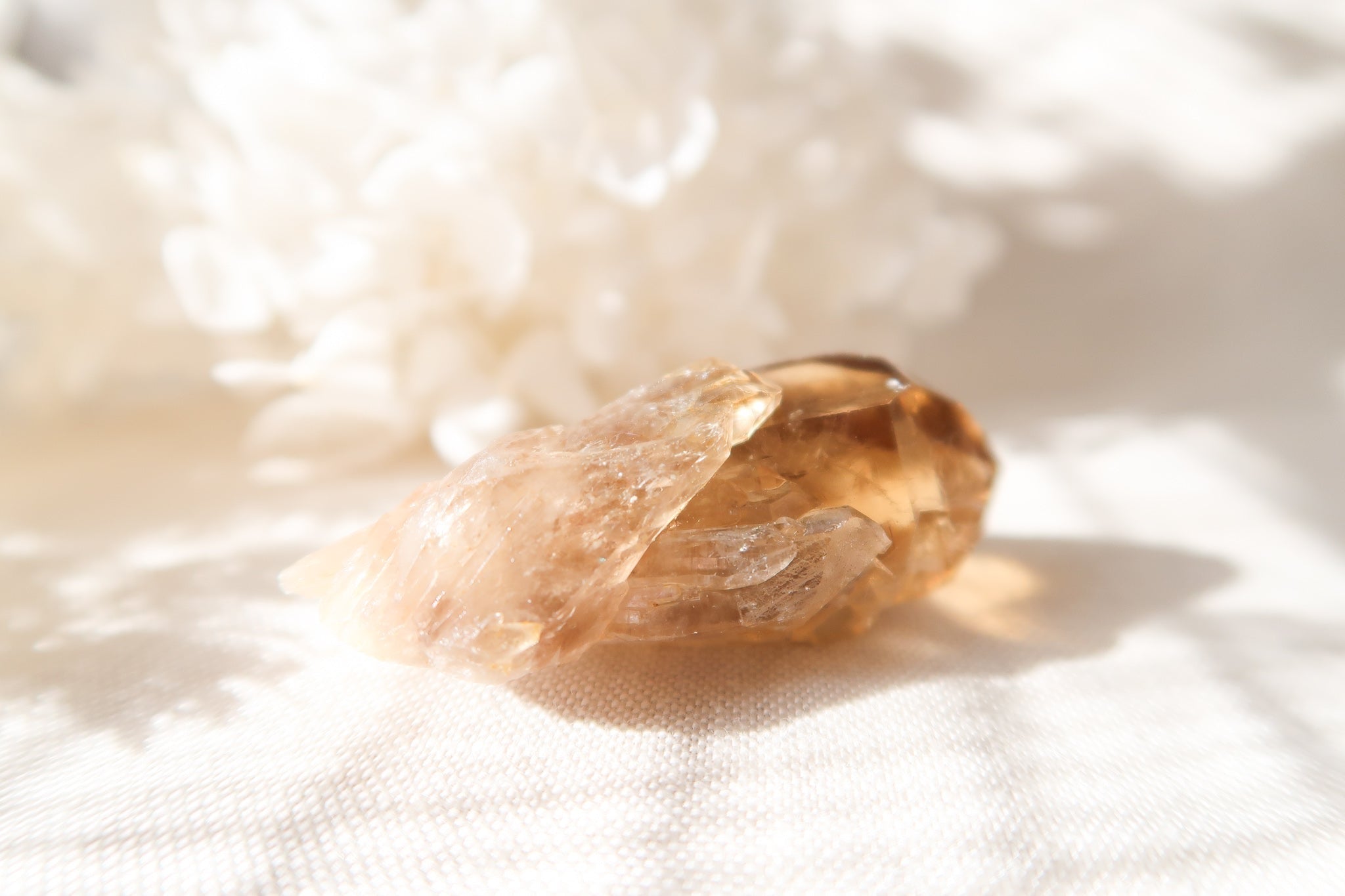
Spotlight on Citrine: History, Uses, and Benefits
Citrine, with its warm golden hues, has long been celebrated as a stone of abundance, joy, and transformation. Often referred to as the "Merchant's Stone" or the "Stone of Success," Citrine is revered for its ability to attract prosperity and positive energy. In this blog post, we will delve into the rich history, versatile uses, and numerous benefits of Citrine, as well as explore the differences between natural and heat-treated Citrine.

The History of Citrine
Citrine’s history is as radiant as the stone itself, stretching back to ancient civilizations. The ancient Greeks and Romans loved Citrine for its vibrant color, which they believed mirrored the sun’s warmth and vitality.
The name "Citrine" is derived from the French word for lemon, "citron," due to its pale yellow color. However, Citrine can range in hue from light, lemony yellows to deep, amber-like shades. Its enduring popularity is a testament to its timeless beauty and the powerful energy it is believed to carry.
Citrine has been prized since antiquity for its warmth and was used by ancient Greeks and Romans in jewellery and as talismans. The Greeks began carving rock crystal as far back as 300 B.C., and they used Citrine to decorate jewellery, intaglio work, and stone-cut pieces. The Romans were also known to wear Citrine rings, believing the stone would protect them from evil thoughts and snake venom.
In ancient Chinese medicine, Citrine was associated with the ability to heal and balance energy. It was believed to clear the mind and assist with meditation, while in Feng Shui, Citrine was—and still is—considered a stone of wealth and abundance, often placed in the "wealth corner" of homes to attract prosperity.
During the Middle Ages, Citrine was used by travellers as a protective talisman against evil thoughts and as a safeguard during long journeys. It was thought to carry the sun’s energy, warding off the darkness of negative energies.
In the Renaissance period, Citrine was popularly used by Scottish weapons makers, who set the stone into dagger handles and sword hilts, believing it would bring success and protection in battle.
Citrine enjoyed a resurgence in popularity during the 19th century and became especially prominent in the Art Deco period of the early 20th century. Jewellers during this time adored Citrine for its vivid color and clarity, using it extensively in rings, necklaces, and brooches.
Today, Citrine remains one of the most sought-after stones for both its beauty and its metaphysical properties. It is cherished not only for its connection to prosperity and success but also for its ability to bring joy and positive energy into the lives of those who work with it. Its enduring popularity across cultures and centuries speaks to its timeless appeal and powerful symbolism.
Natural vs. Heat-Treated Citrine: Understanding the Difference
Citrine can be found in nature, but it is relatively rare. Most of the Citrine on the market today is actually heat-treated Amethyst or Smoky Quartz. The process of heating these stones to high temperatures alters their color to resemble that of natural Citrine. While some may believe this makes heat-treated Citrine inferior, it’s important to note that the heating process simply mimics what occurs naturally within the Earth over millions of years—it's just accelerated by human intervention.
How to Tell the Difference
-
Colour: Natural Citrine tends to have a more muted colour, ranging from pale yellow to smoky hues. Heat-treated Citrine often exhibits a more intense, orange-yellow color with a gradient effect, where the color is darker at the base and lighter towards the tip.
-
Price: Due to its rarity, natural Citrine is generally more expensive than heat-treated Citrine.
-
Source: Natural Citrine is usually found in locations like Brazil, Madagascar, and the Congo.
-
Crystal Structure: Heat-treated Citrine can sometimes exhibit a slight reddish or orange tint due to the presence of iron within the Amethyst or Smoky Quartz that was heated.
-
Form and Availability: Due to its rarity, natural Citrine is often sold as raw pieces/clusters or faceted gemstones for luxury jewellery. It is less common to find natural Citrine polished into tumbles or beads for crystal bracelets etc and mass production isn't common due to its scarcity and value, these forms are typically made from heat-treated Citrine. This distinction helps to maintain the integrity and value of natural Citrine in the market.
While natural Citrine carries the same metaphysical properties as its heat-treated counterpart, many crystal enthusiasts believe that natural Citrine holds a stronger, more potent energy. However, it is important to note that both forms are equally beautiful and successfully used to attract abundance, inspire creativity, and cleanse negative energy.
Here are photos of heat-treated Citrine and natural Citrine (which also can be called Kundalini Quartz)
 Natural Citrine
Natural Citrine
 Heat-treated Citrine
Heat-treated Citrine
The Many Uses of Citrine
Citrine is a versatile stone with a wide range of uses, both practical and metaphysical. Here are a few ways to incorporate Citrine into your daily life:
-
Manifesting Prosperity: Place Citrine in your wallet or workspace to attract wealth and success. It is often used by business owners and entrepreneurs as a tool for manifesting abundance.
-
Boosting Creativity: Citrine’s vibrant energy stimulates creativity and imagination. Keep a piece of Citrine on your desk or in your creative space to inspire new ideas and projects.
-
Emotional Balance: Citrine is known for its ability to dissipate negative energy and transform it into positivity. Carry Citrine with you to help uplift your mood and maintain emotional balance.
-
Energy Cleansing: Citrine is a self-cleansing crystal, meaning it doesn’t absorb negative energy. Use it to cleanse your aura or other crystals by placing them together.

The Healing Benefits of Citrine
Citrine is revered for its healing properties, which are believed to benefit both the mind and body:
-
Promotes Positivity: Citrine is a powerful stone for bringing light and happiness into your life. It is said to help release fear and anxiety, replacing them with hope and optimism.
-
Supports Physical Well-being: Citrine is thought to support the digestive system, improve circulation, and detoxify the body. It is often used in crystal healing to boost physical energy and vitality.
-
Encourages Self-Confidence: Citrine’s bright, golden energy is known to enhance self-confidence and personal power. It helps dissolve feelings of inadequacy and boosts self-esteem.

Whether natural or heat-treated, Citrine is a radiant stone that brings warmth, abundance, and positive energy into your life. Its ability to cleanse, manifest, and inspire makes it a valuable addition to any crystal collection. As you explore the many uses and benefits of Citrine, you’ll find that its sunny disposition is a constant source of joy and inspiration.
I would love to hear your thoughts! Have you worked with Citrine before? Share your experiences in the comments below. And if you're feeling inspired, be sure to explore our Citrine collection to find the perfect piece to brighten your space and your spirit.
As always sending you so much love and light x
Jana




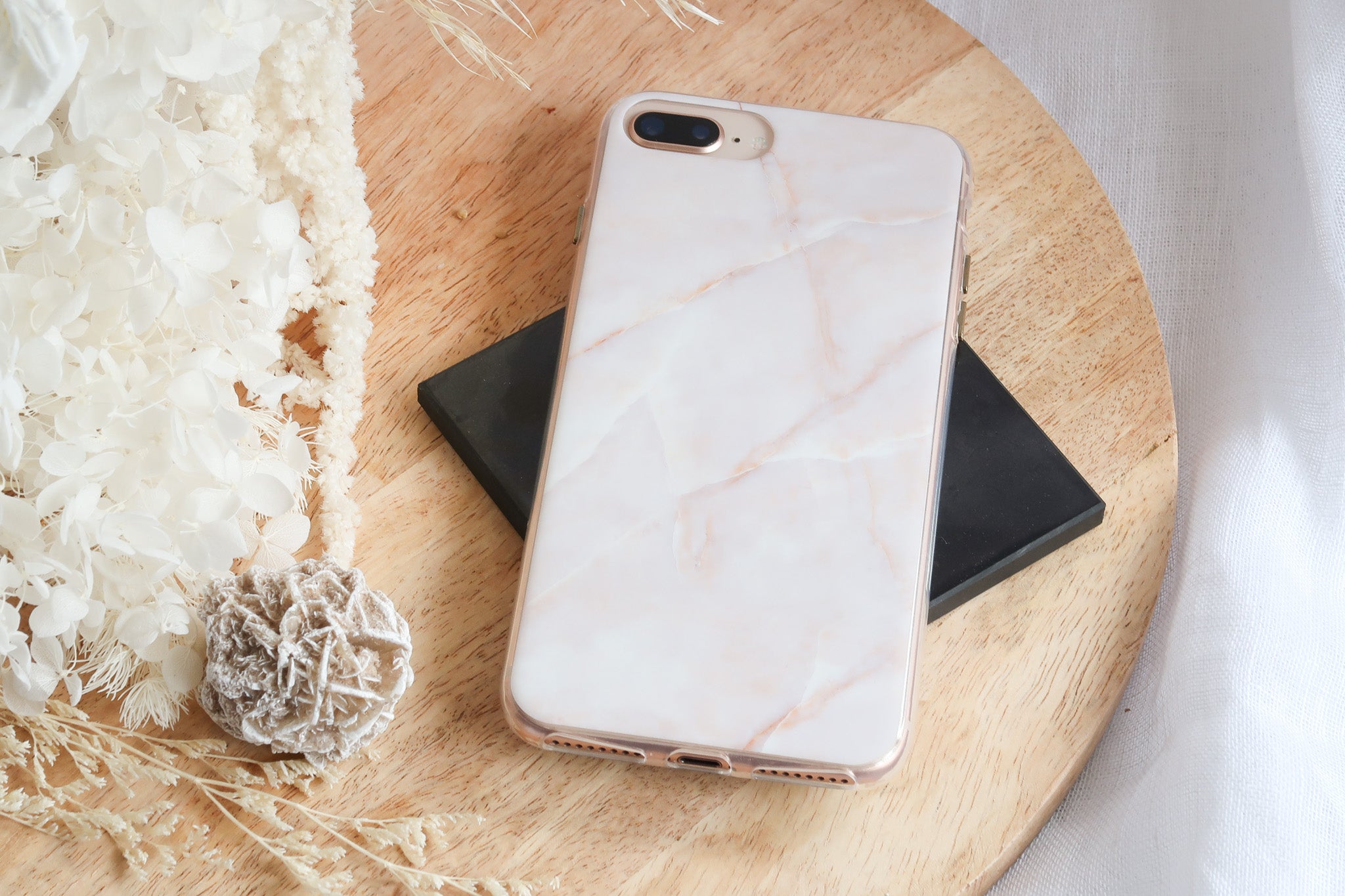
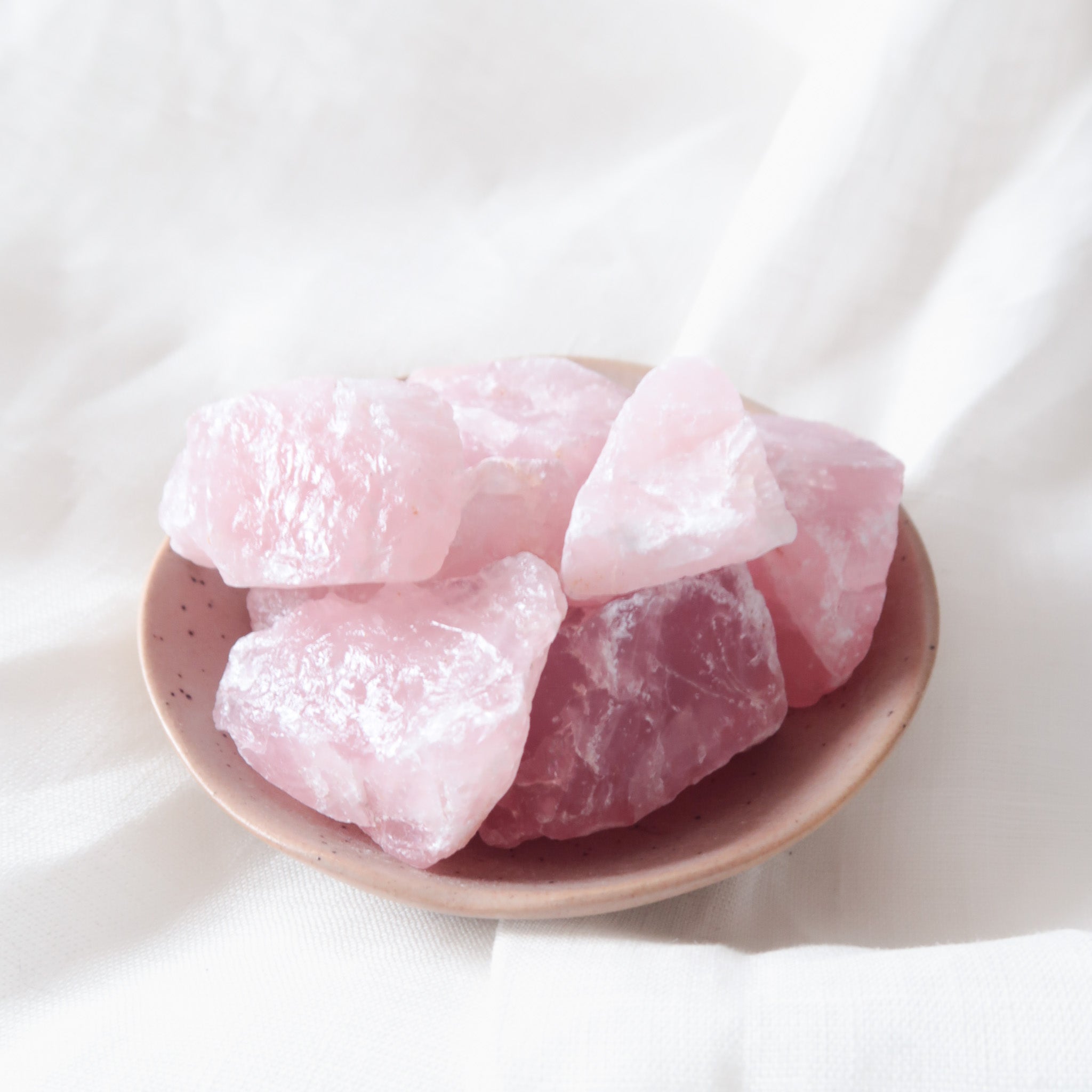
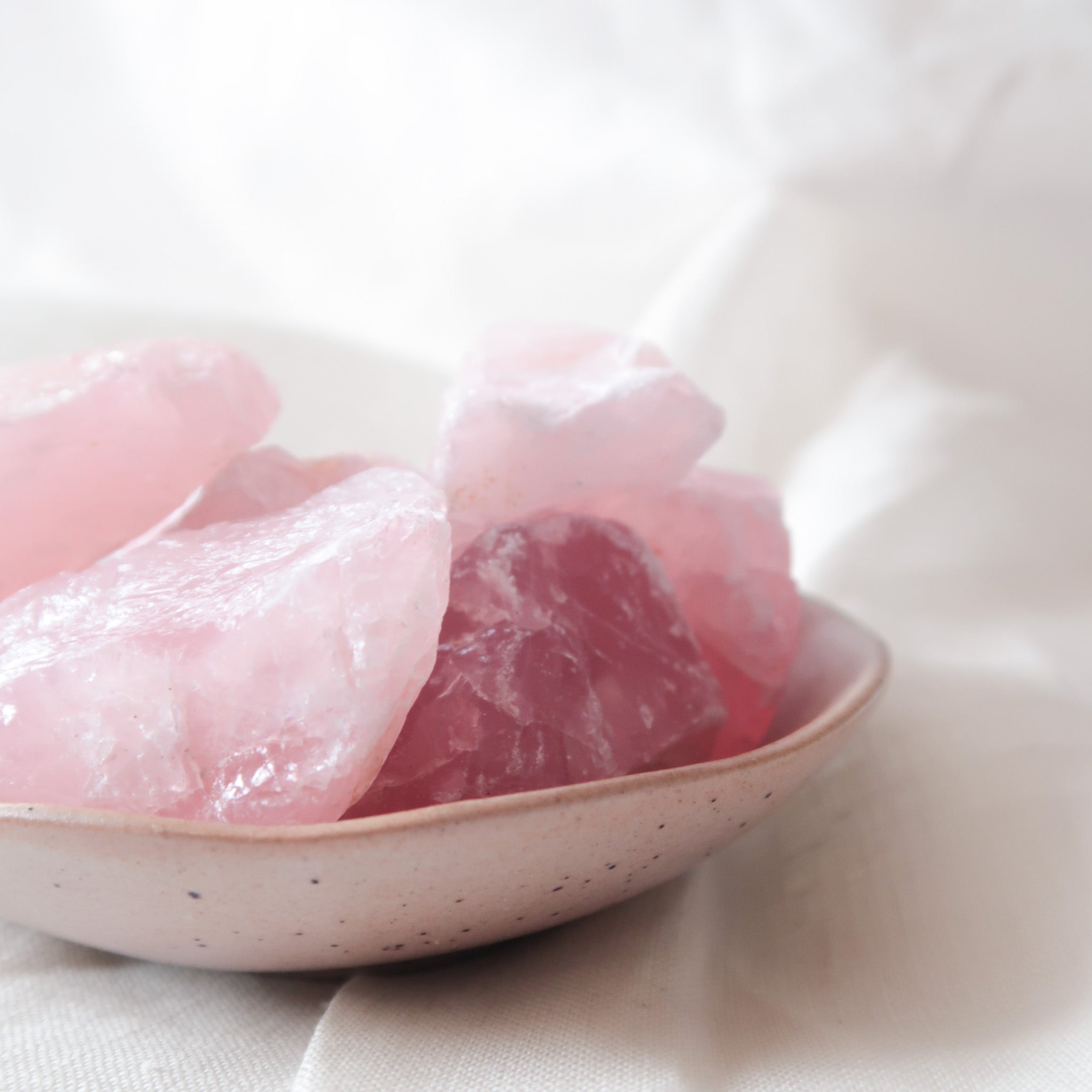
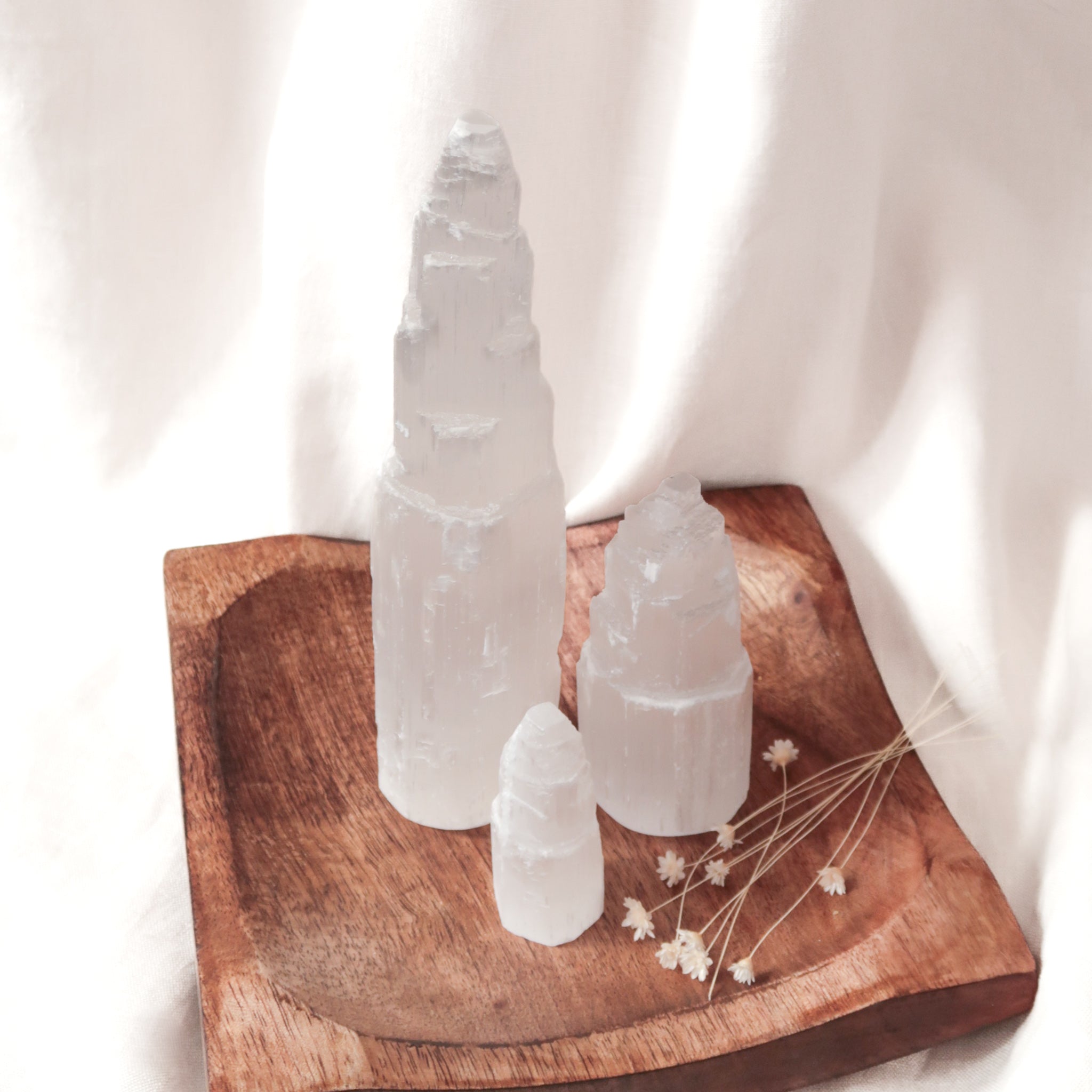
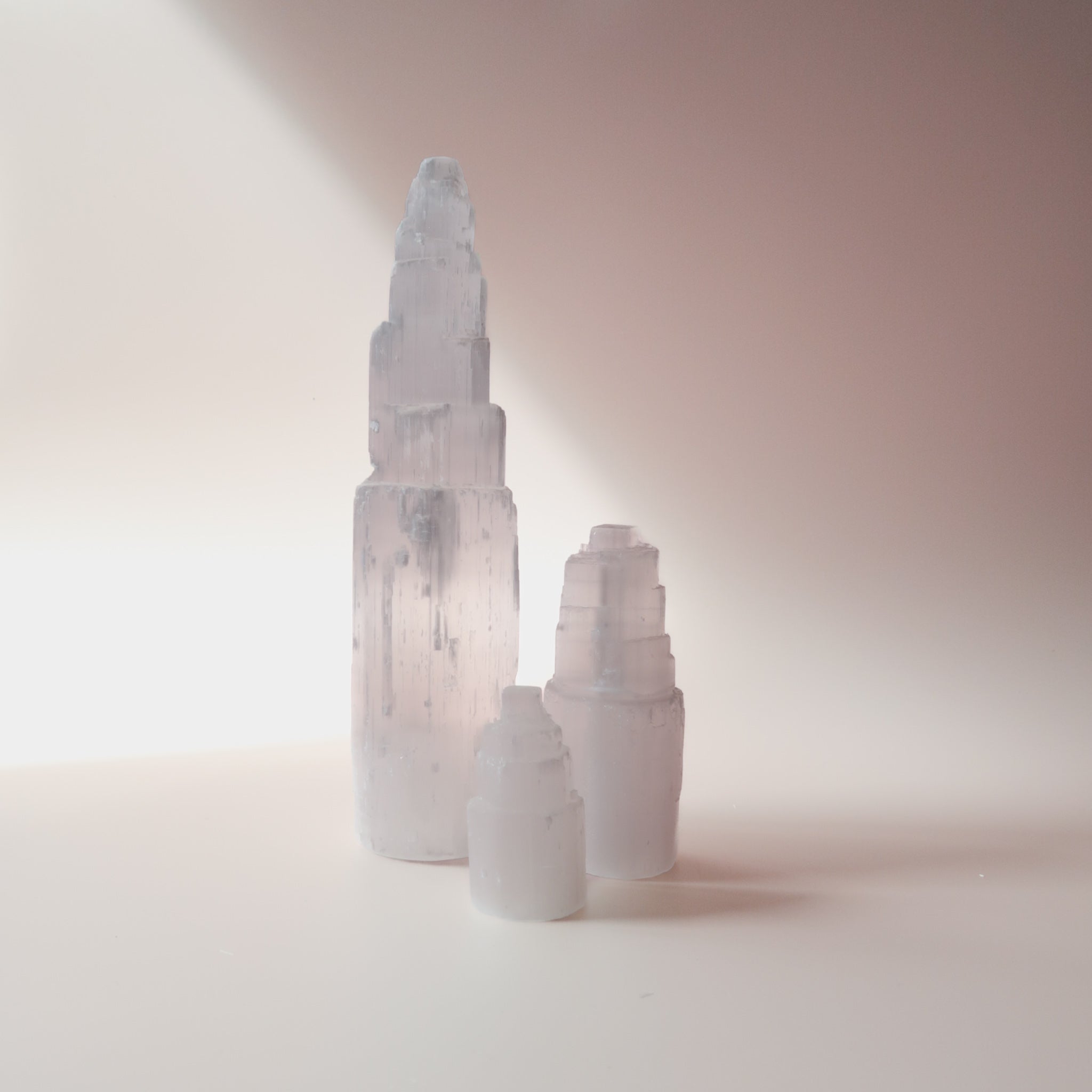
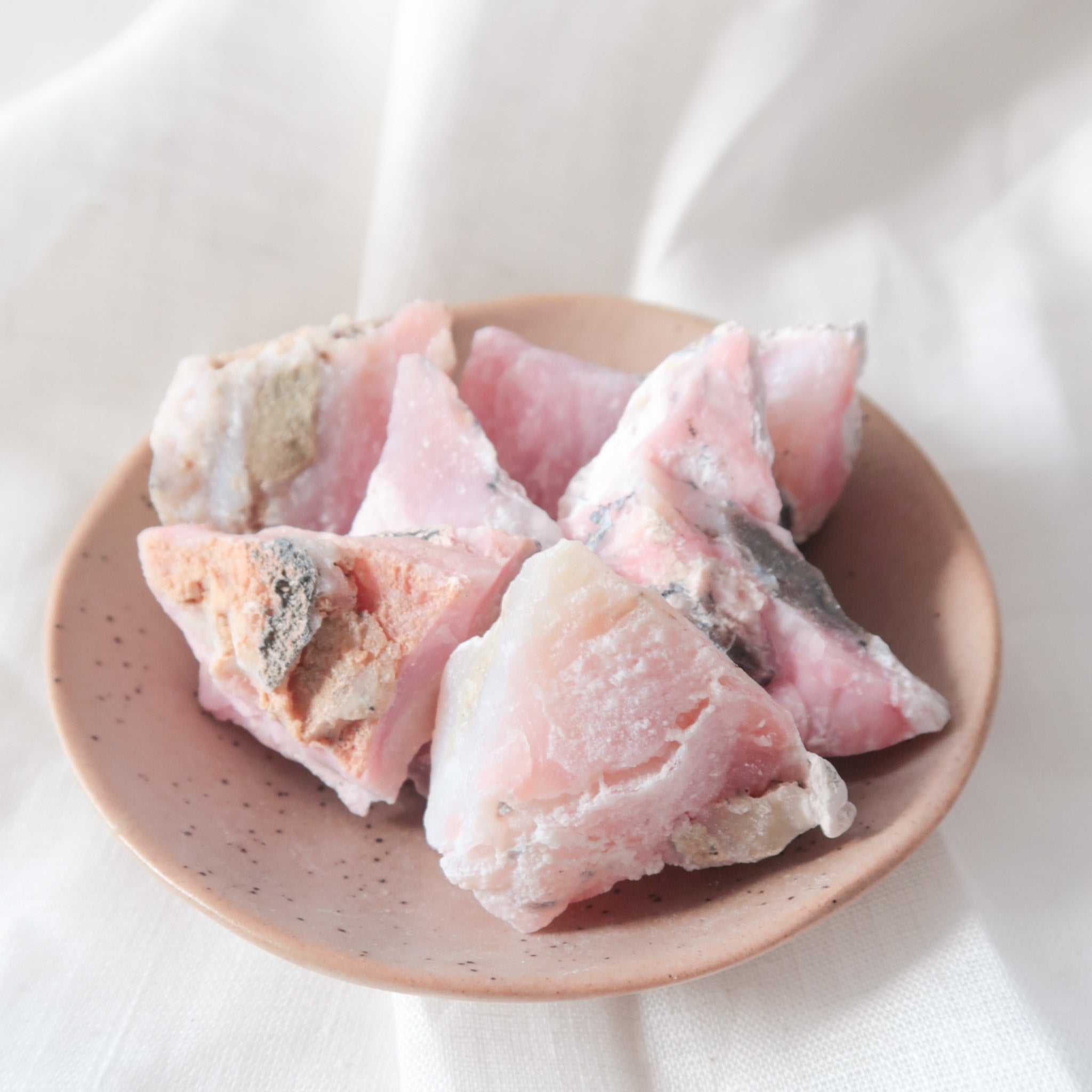
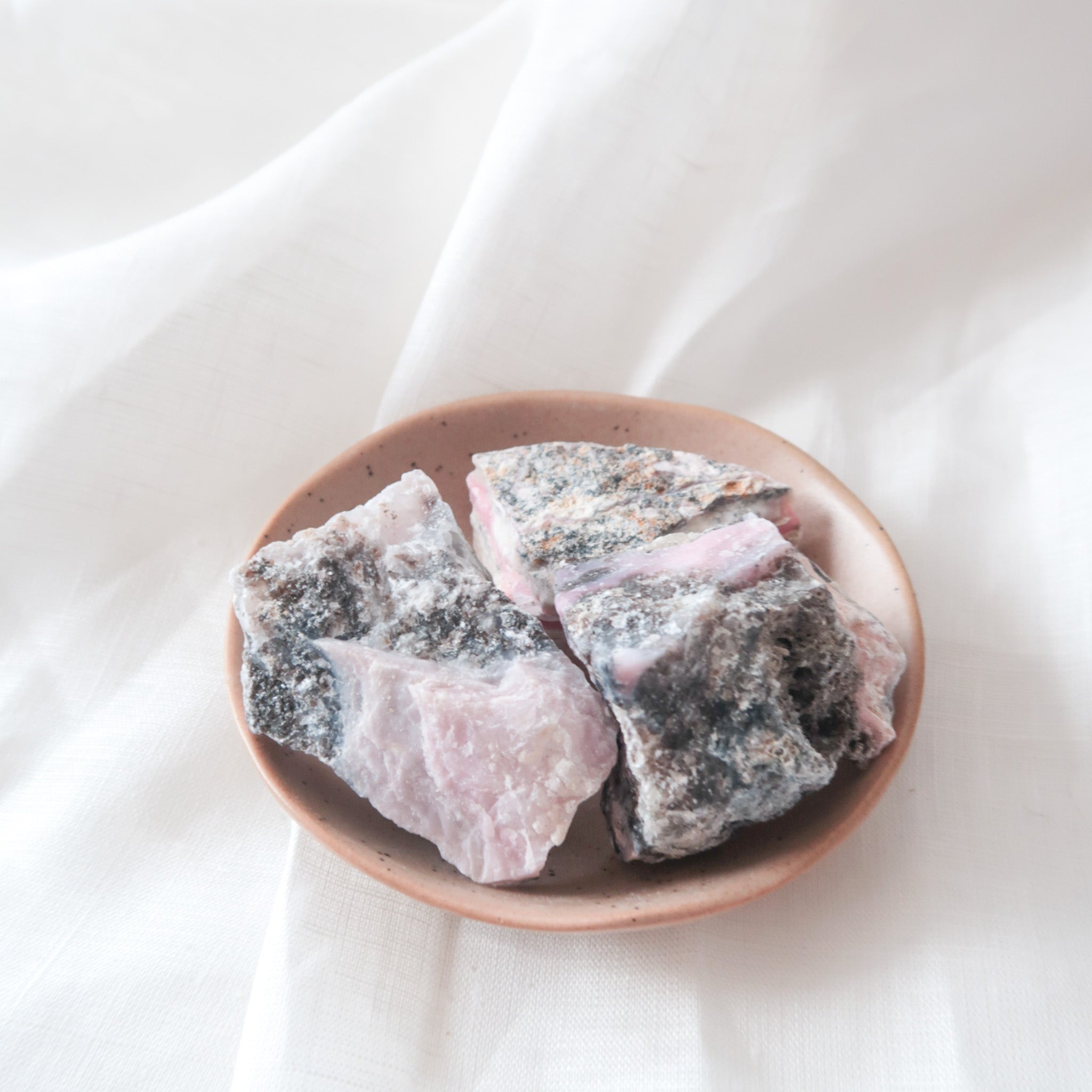
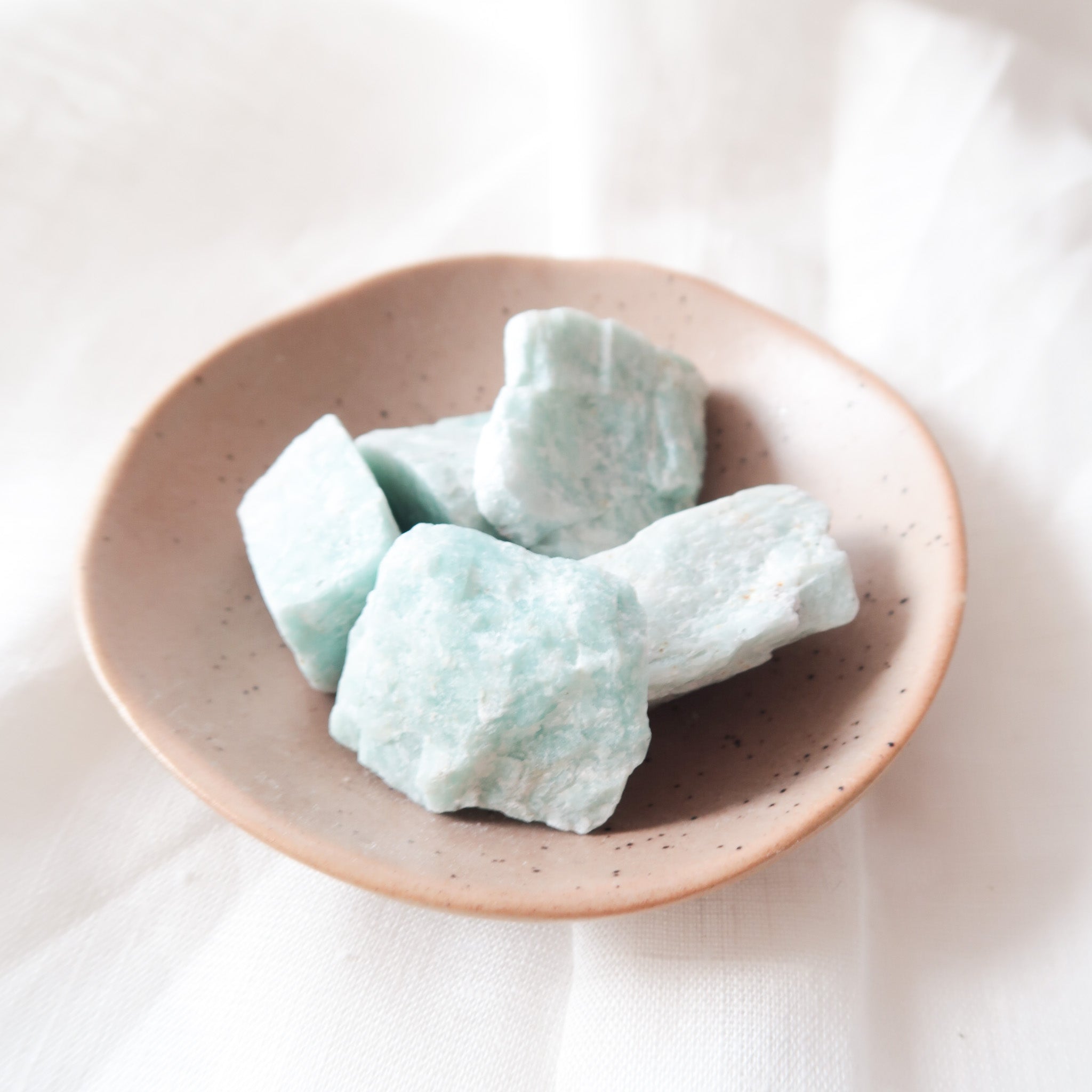
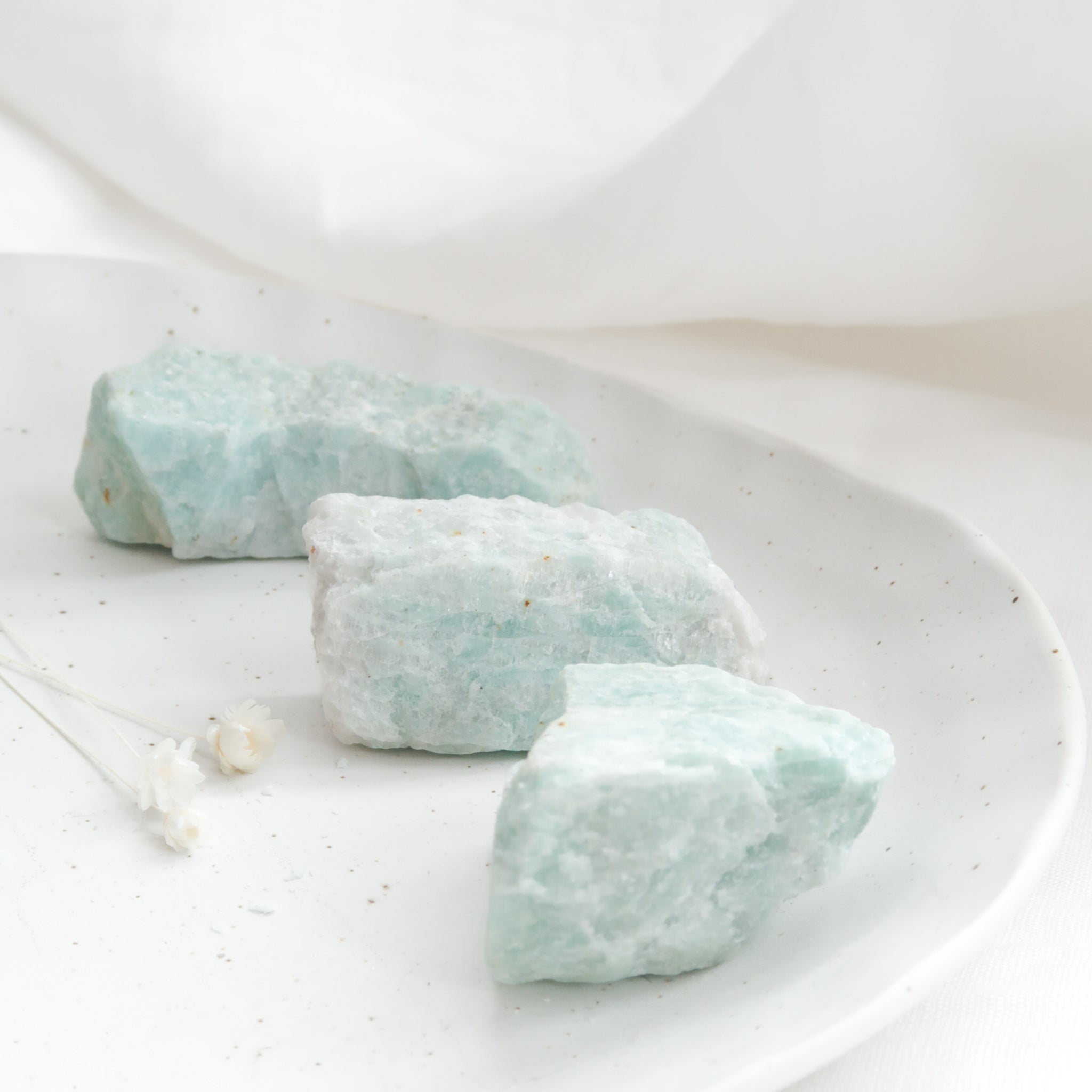

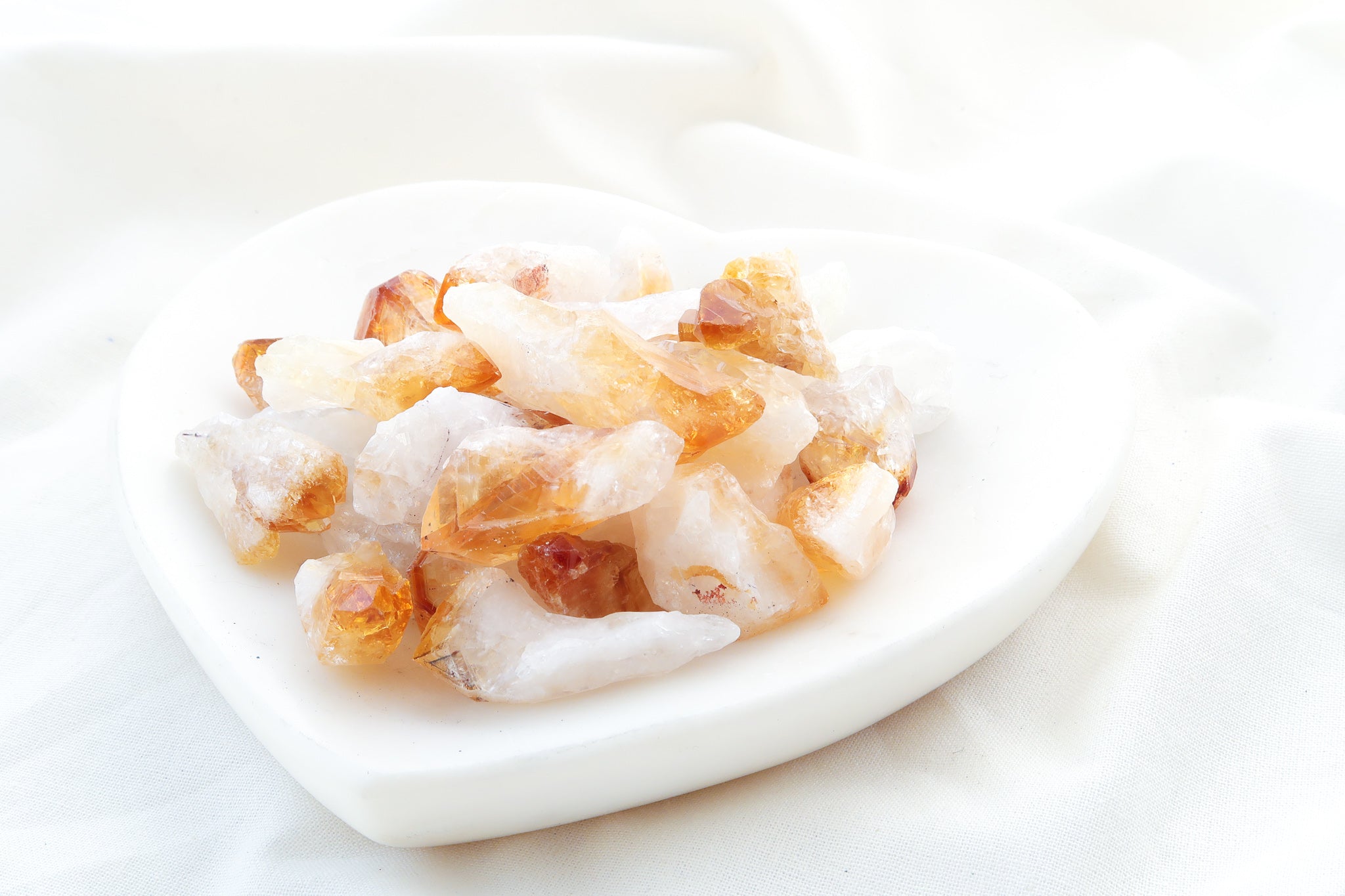
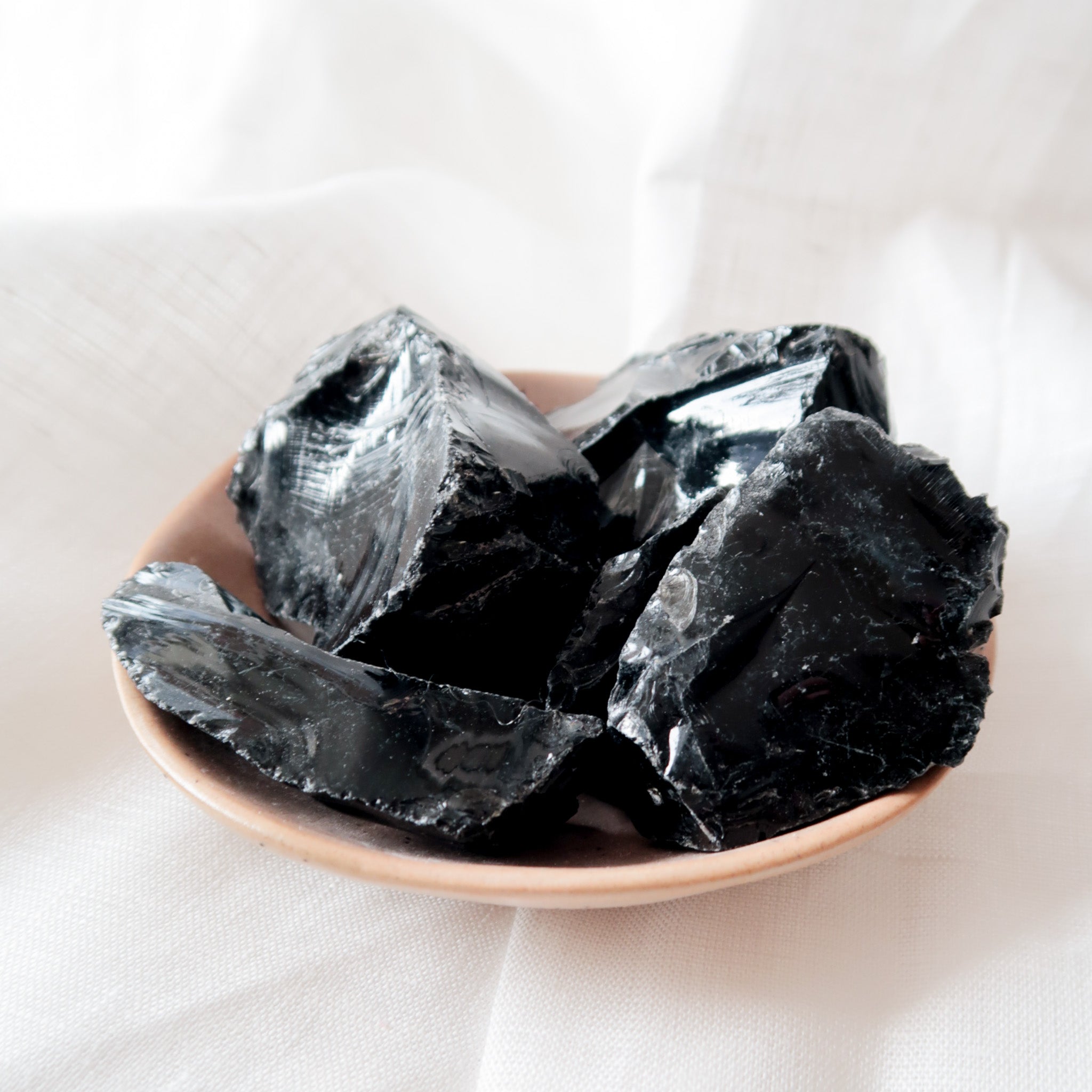
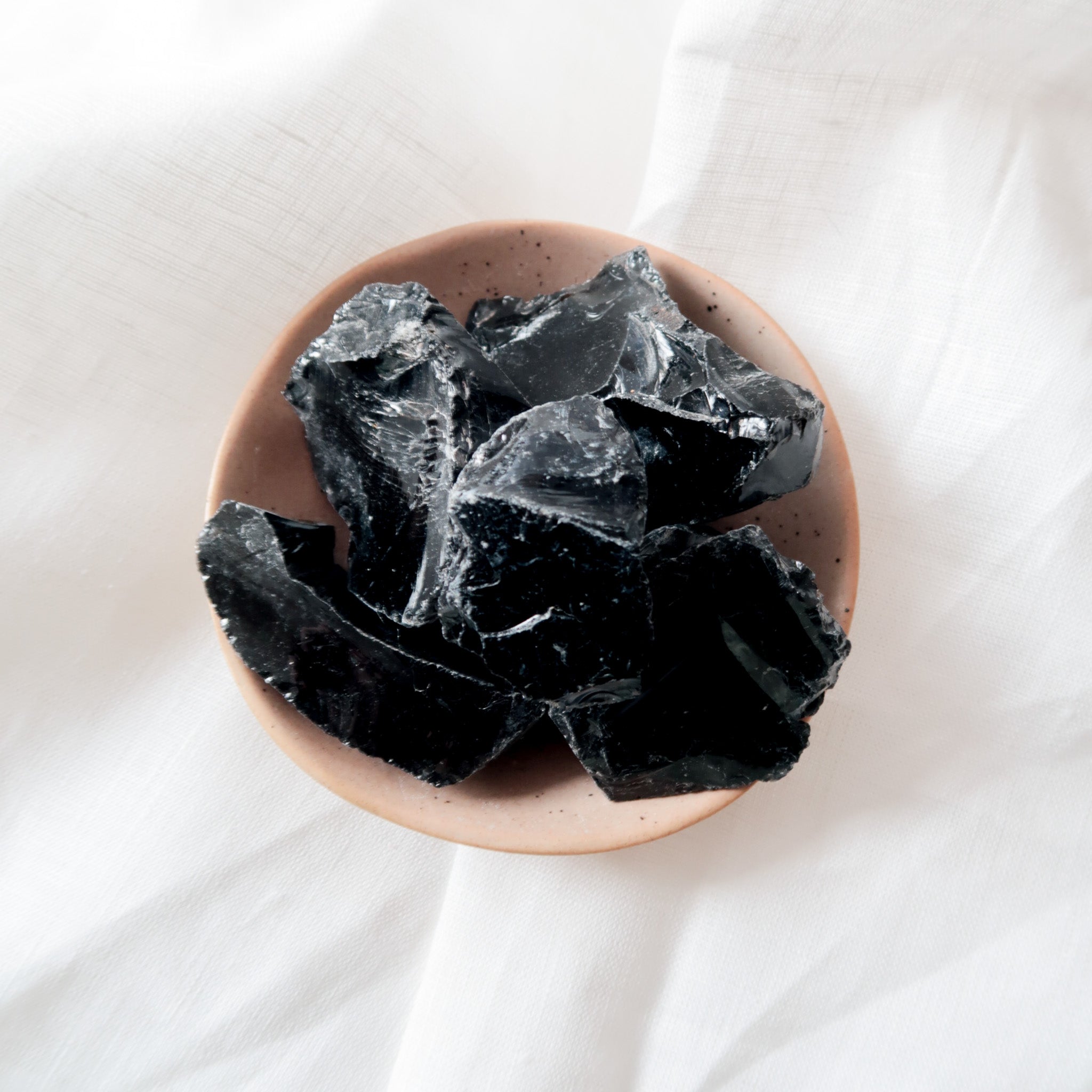

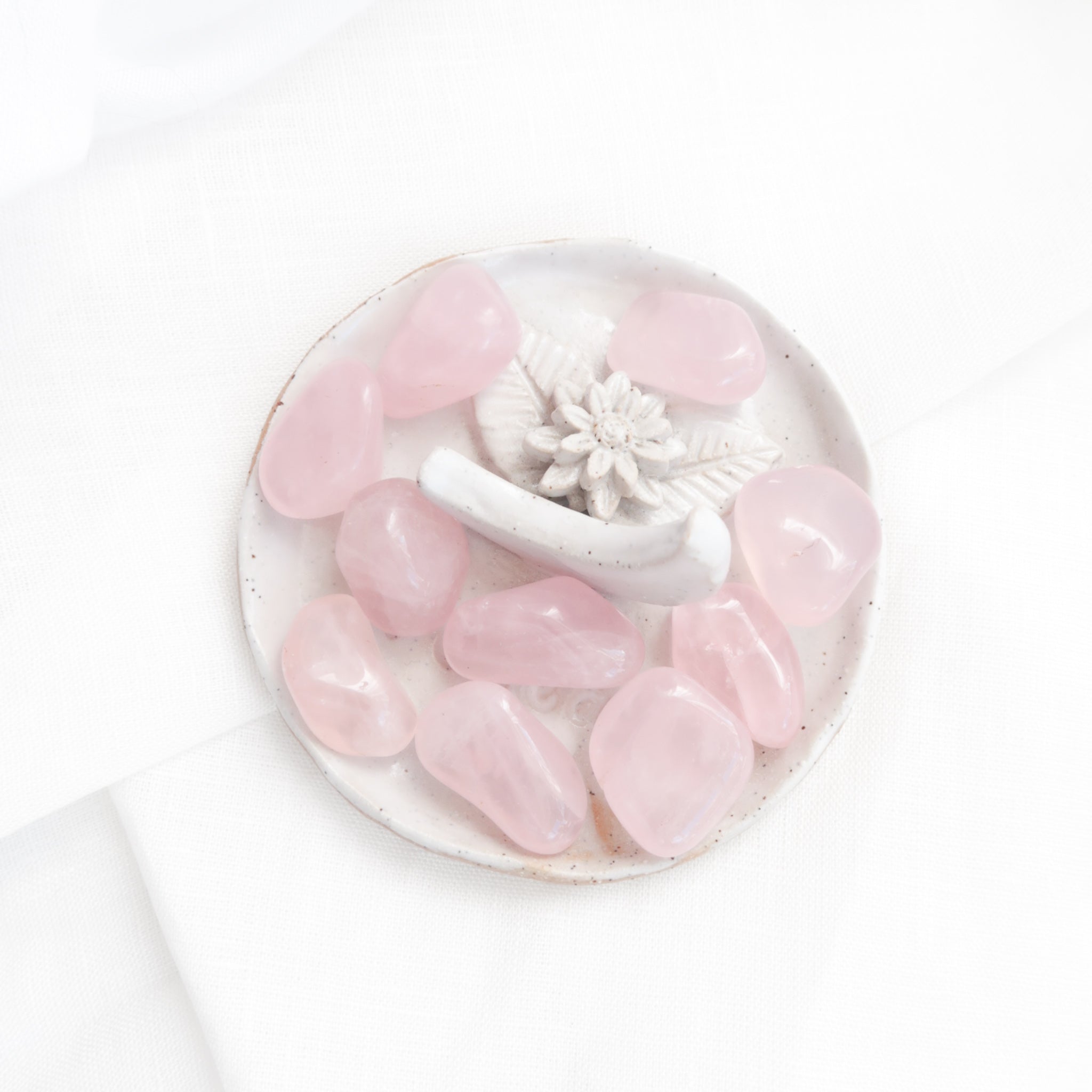
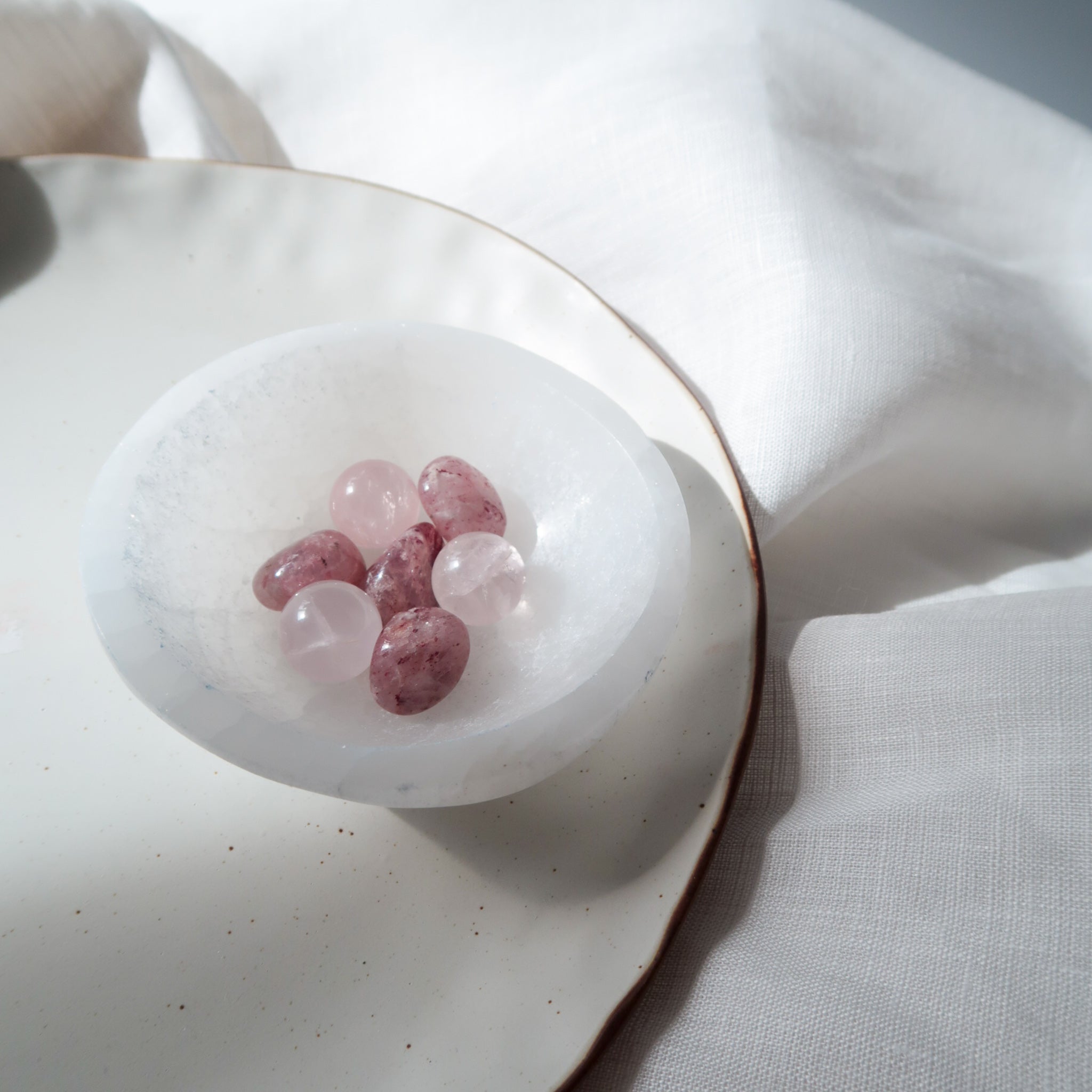
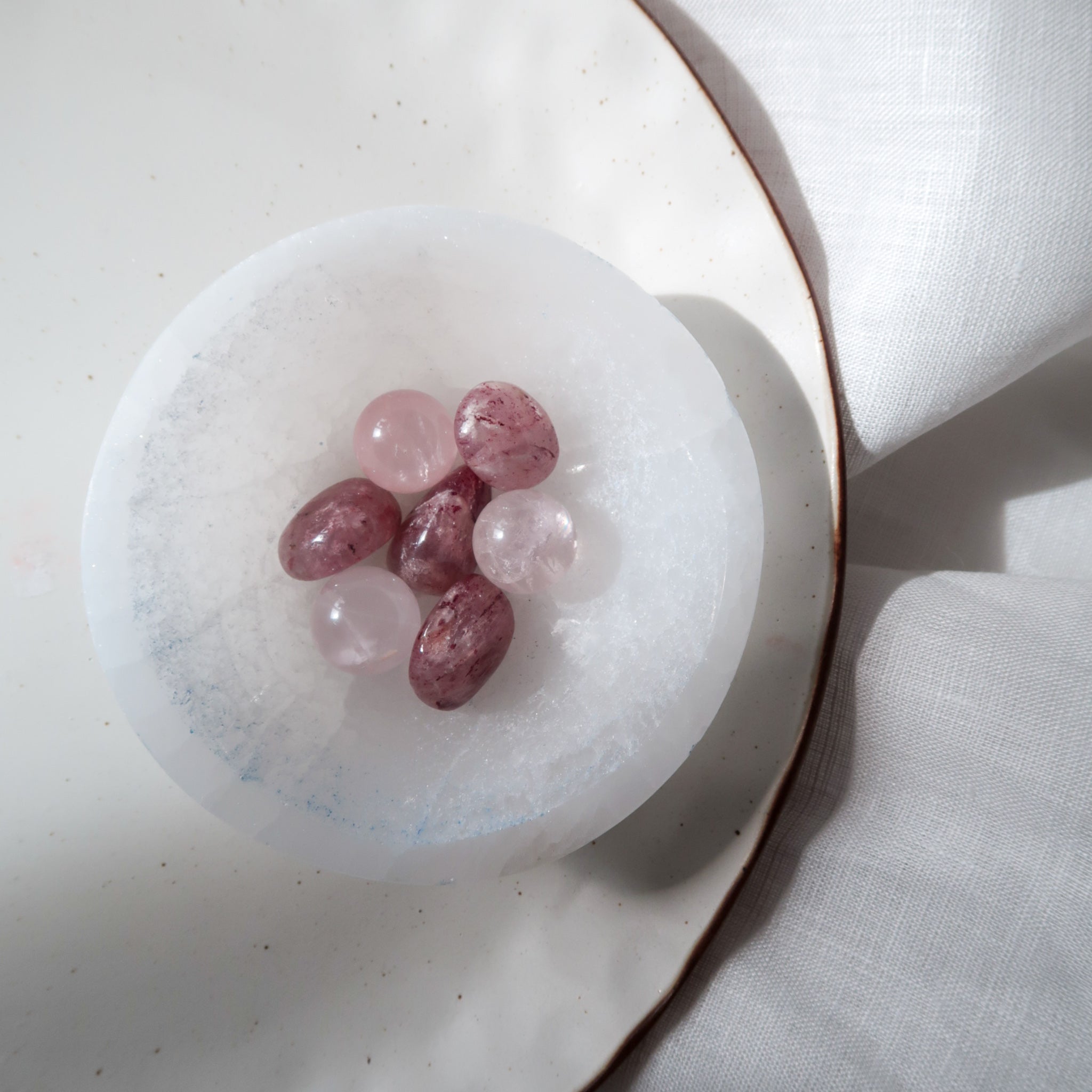
Leave a comment
This site is protected by hCaptcha and the hCaptcha Privacy Policy and Terms of Service apply.